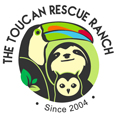Toucan Rescue Ranch Blog
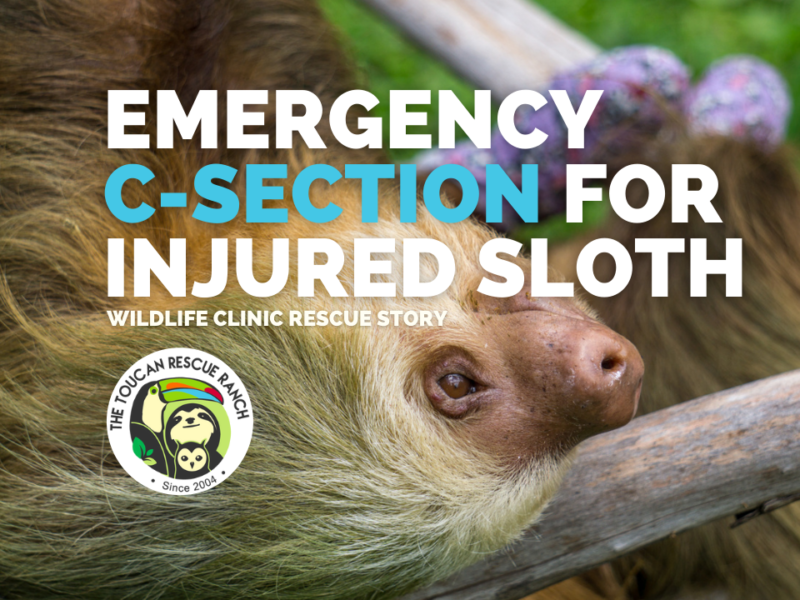
Pregnant Sloth in Critical Condition receives Emergency C-Section
Posted by Zara Palmer on March 22, 2022Unfortunately, Carrie was too weak to go into labor. We needed to act fast to perform an emergency C-Section in order to try to save her and the baby. Going into the surgery, however, we were solemnly aware of the toll anesthesia could take on her already damaged organs. The electrocution impaired her kidney and liver function to the point that she might not be able to recover from the anesthesia…
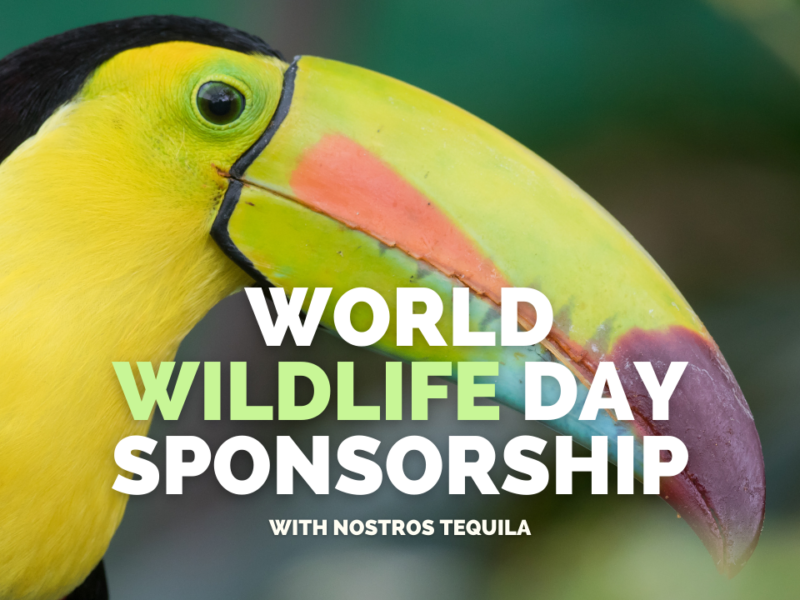
How World Wildlife Day Sparked a Sponsorship
Posted by Zara Palmer on March 3, 2022Nostros Tequila becomes a corporate sponsor of Toucan Rescue Ranch to raise money for World Wildlife Day! From today through Sunday, March 6 Nostros will be donating 100% of the proceeds of sales from our website to support their efforts. #tomaconnosotros to support.
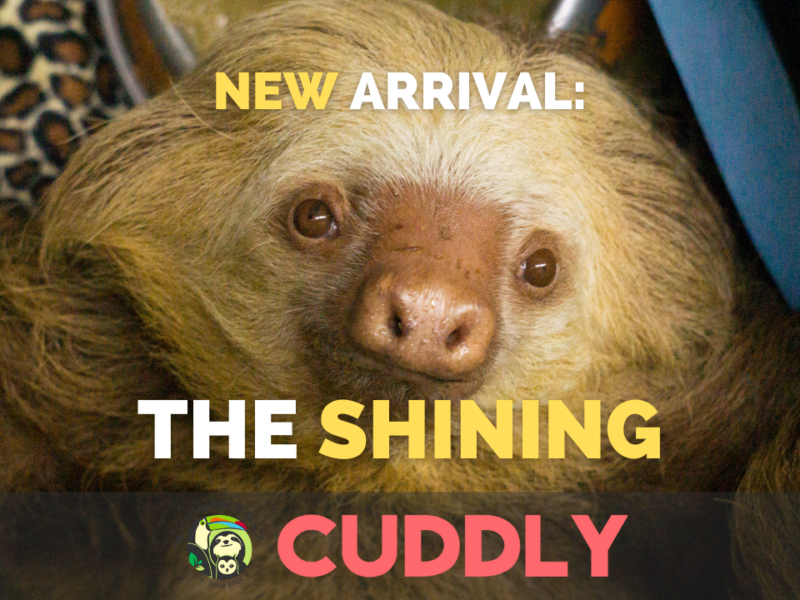
Abuser Uses Machete To Try And Hack Away At Sloth
Posted by Zara Palmer on February 18, 2022Behind what looks like a smile, is a sloth who has suffered quite a bit of pain. He came from an extremely abusive situation where someone used a machete to try and hack the sweet boy into pieces. Luckily, he was unsuccessful but not without injuries.
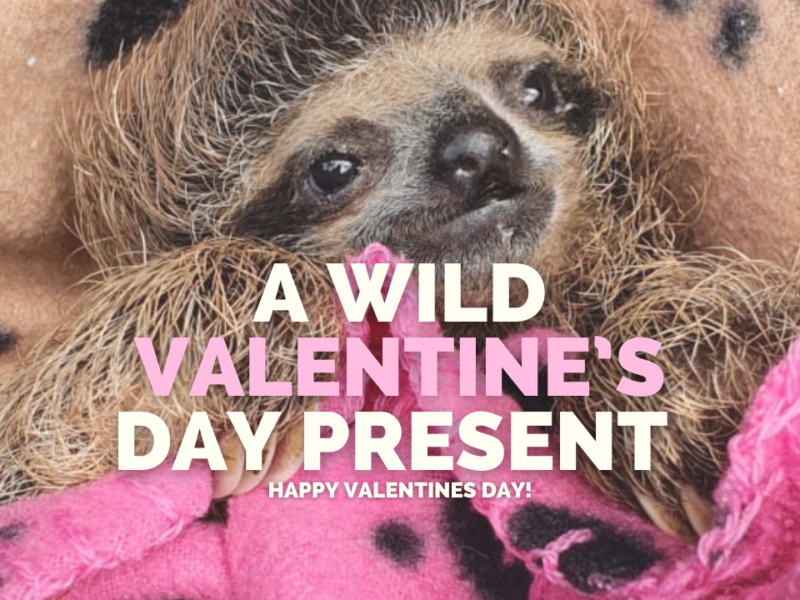
A Wild Valentine’s Day Present with Toucan Rescue Ranch
Posted by Zara Palmer on February 9, 2022A very special token of love for your significant other, or even your close friends, is a symbolic adoption with Toucan Rescue Ranch! Is your girlfriend in love with sloths more than you? Does your BFF send you videos of otters all day? Then you’ve come to the right place.
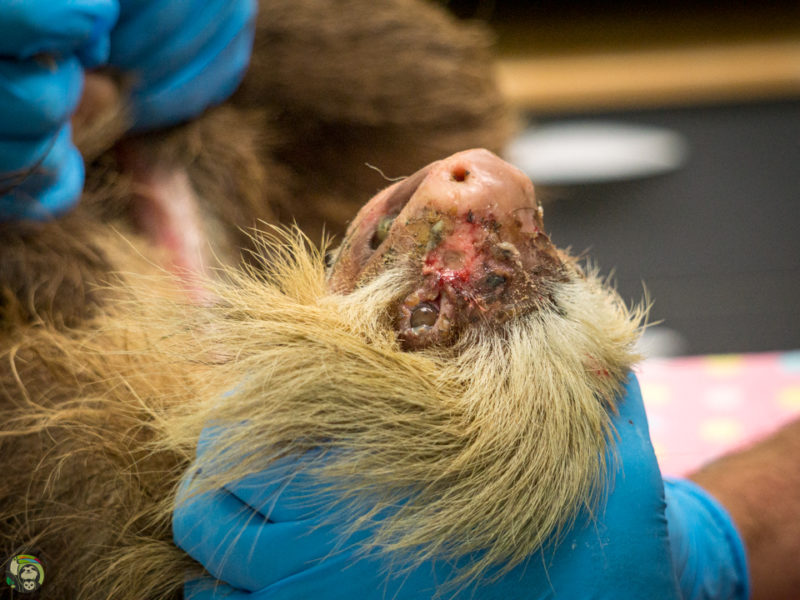
Hester Shaw: One Sloth’s Impact on the Community
Posted by Zara Palmer on February 2, 2022A lot of animals come and go from the Toucan Rescue Ranch (TRR), some leave a mark more than others, some you will remember for the rest of your life. Hester the two-fingered sloth is definitely one of the animals I will never forget, especially because of her story and the impact she had on me.
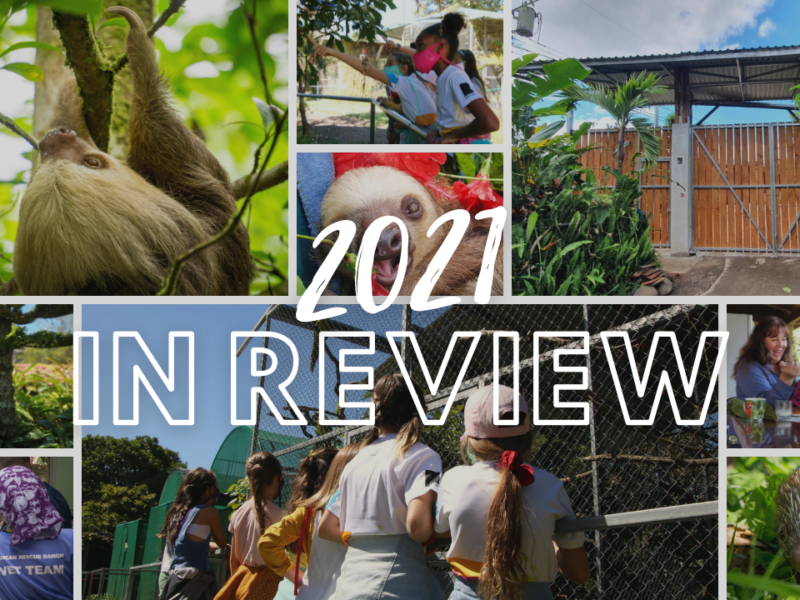
Toucan Rescue Ranch’s 2021 in Review!
Posted by Zara Palmer on December 31, 2021Coming out of the pandemic, there was a lot of work to do but you came along for the ride! In 2021 we raised a total of $30,829 in fundraisers, including the 2nd Annual #TRRShareYourShot, the 6th Annual Sloth Ironman Games, and Giving Tuesday! With your help, we were able to help rebuild our operations fund, feed as many animals as ever, build a new gate, increase the security of our center, and even improve the comfort of our tourists!
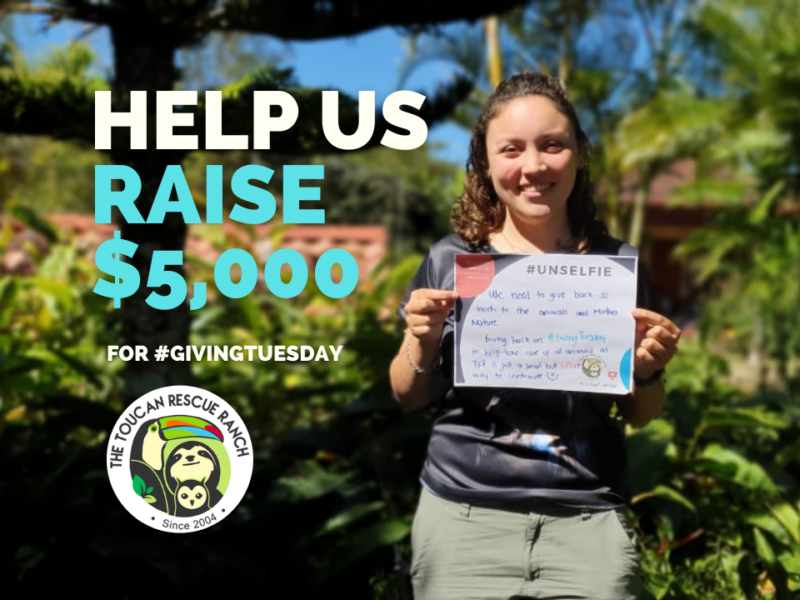
Ready, Set, Give! Join Toucan Rescue Ranch for #GivingTuesday!
Posted by Zara Palmer on November 29, 2021Costa Rica is home to nearly 5% of the world’s biodiversity… That’s a lot of wildlife, with rich habitat, and amazing ecosystems. In fact, people from all over the world come to Costa Rica to visit its amazing beaches, rainforests, volcanoes, and of course, wildlife.
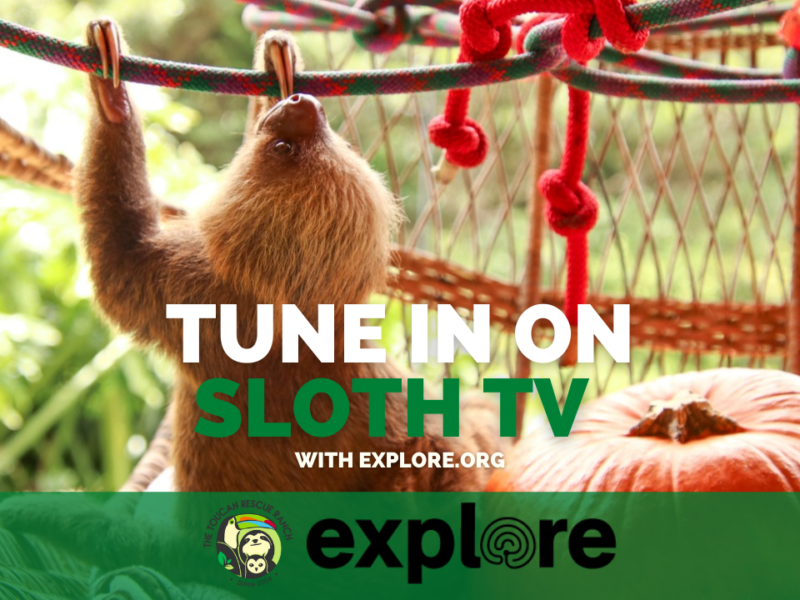
Explore.org and Toucan Rescue Ranch Team Up to Bring you Sloth TV!
Posted by Zara Palmer on November 9, 2021Snuggle up and relax with sloths in Sloth Preschool, Sloth Elementary, and in rehabilitation at Toucan Rescue Ranch in Costa Rica! Watch as they take naps, snack, snuggle in their blankets, go for an adventurous climb, and even get fed by our caretakers!

Kidz Korner: Tristan, the future sloth conservationist, runs a fundraiser of his own!
Posted by Zara Palmer on November 3, 2021After a few months of making and creating, Tristan and Noelle were finally ready to hold their bake and craft sale fundraiser. They set up a table on our driveway and laid out the goodies we’d all made to sell. There was homemade fudge, condensed milk flapjacks, apple, and strawberry whole-wheat muffins, and an array of crochet ranging from bows to put on presents, flower broaches for coats/handbags/hats to daisy napkin rings.

